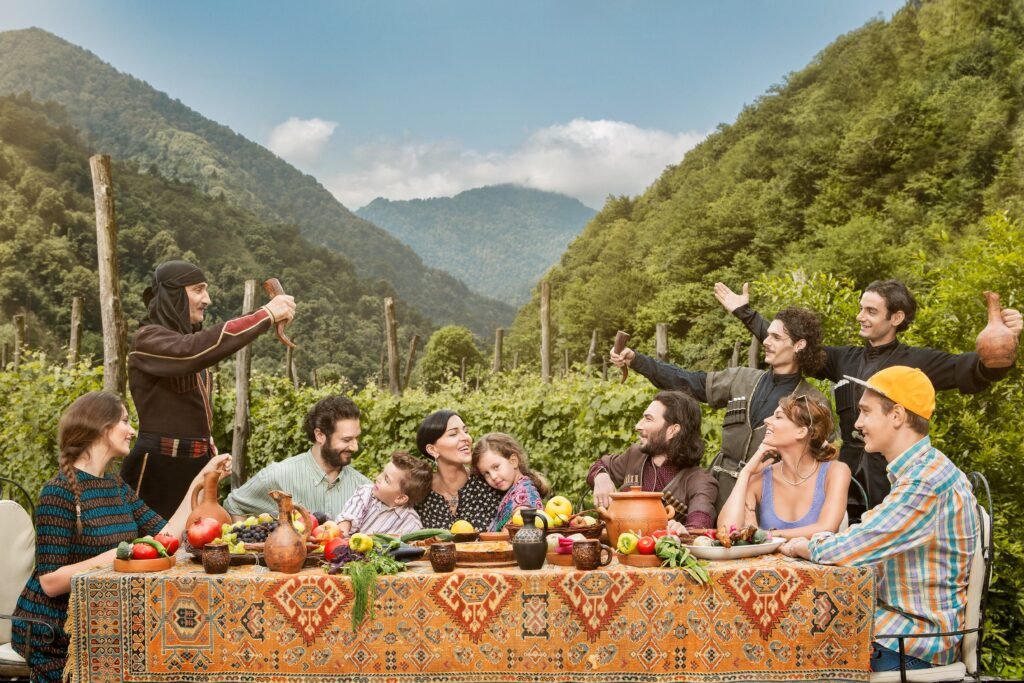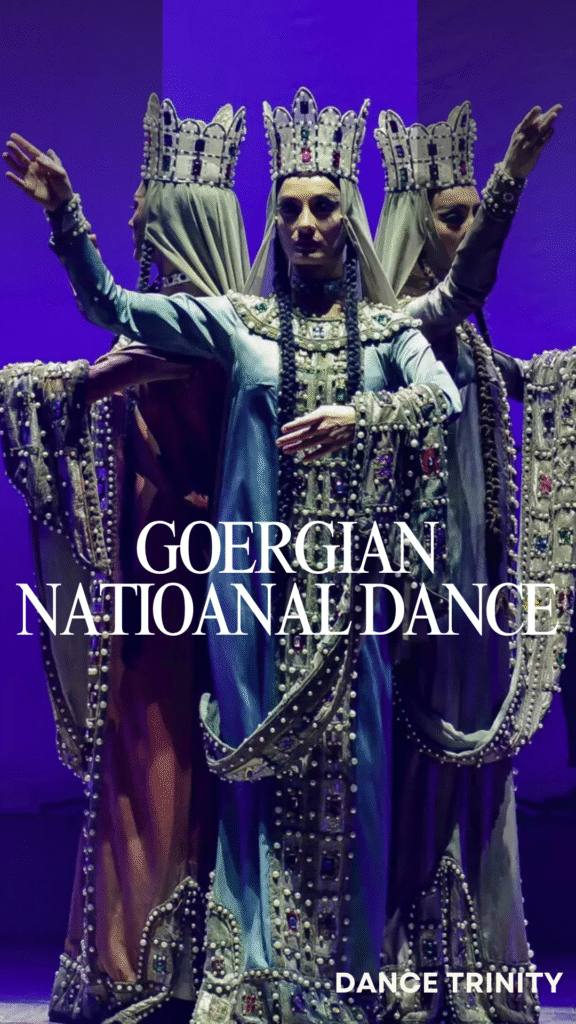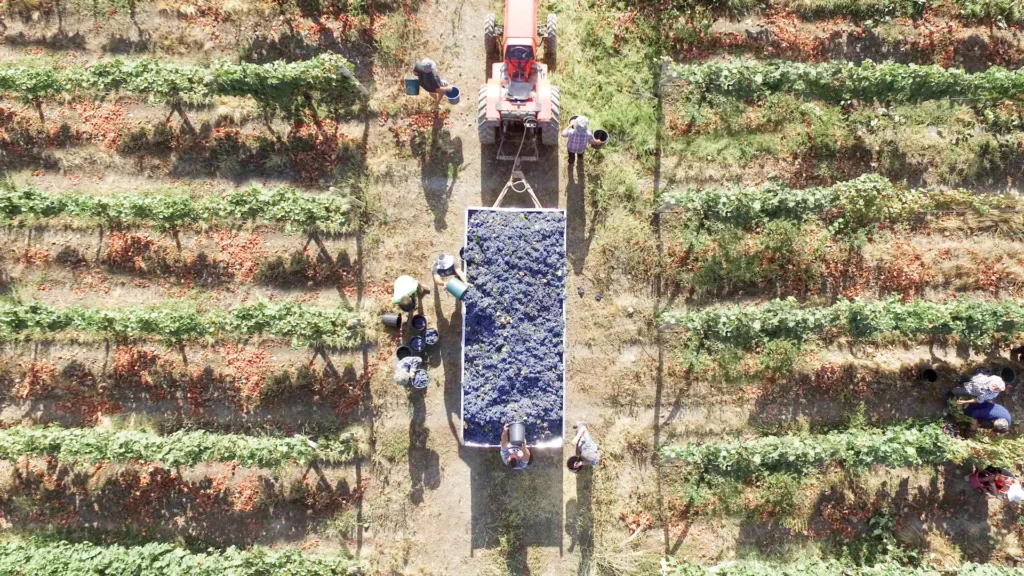1. Georgian Polyphonic Singing (UNESCO, 2008)

What It Is: A multi-voiced style of singing with rich harmonies and regional variations.
Why It Matters: Considered one of the world’s oldest forms of vocal music, polyphonic singing symbolizes Georgia’s deep-rooted musical legacy.
📌 UNESCO listed this tradition in 2008 on its Representative List of the Intangible Cultural Heritage of Humanity.
2. The Supra: Georgian Feast & Toasting Tradition

More than a meal, the Supra is a ceremonial gathering led by the tamada (toastmaster), known for poetic and symbolic toasts.
- Reflects Georgia’s legendary hospitality
- Promotes meaningful storytelling and shared wisdom
- Central to national identity and social bonds
3. Qvevri Winemaking Method (UNESCO, 2013)

What It Is: Wine fermented in large, buried clay vessels known as qvevris.
Why It’s Unique: With an 8,000-year-old history, it’s the oldest known winemaking technique.
📌 Recognized by UNESCO in 2013, this method highlights Georgia as a cradle of viticulture.
4. Churchkhela: Traditional Georgian Sweet

What It Is: A candy-like treat made by dipping walnuts or hazelnuts in thickened grape juice (tatara).
Why It Matters:
- Found at every major festival and celebration
- Represents culinary heritage and intergenerational knowledge
5. Georgian Dance: Regional Stories Told Through Movement

Each dance reflects a distinct part of Georgia’s geography and history:
- Kartuli: Elegant couple’s dance symbolizing respect and love
- Khevsuruli: War-like performance with swords and shields
- Acharuli, Samaia, Mtiuluri – regional styles with their own unique character
Cultural Significance: Costumes, choreography, and rhythm preserve regional identity and pride.
6. Rtveli: Georgia’s Traditional Grape Harvest Festival

Held each autumn, Rtveli is a joyous celebration of Georgia’s agricultural roots.
- Families gather to pick and crush grapes
- Music, dancing, and feasting are central to the tradition
- Emphasizes community, connection to land, and wine heritage







